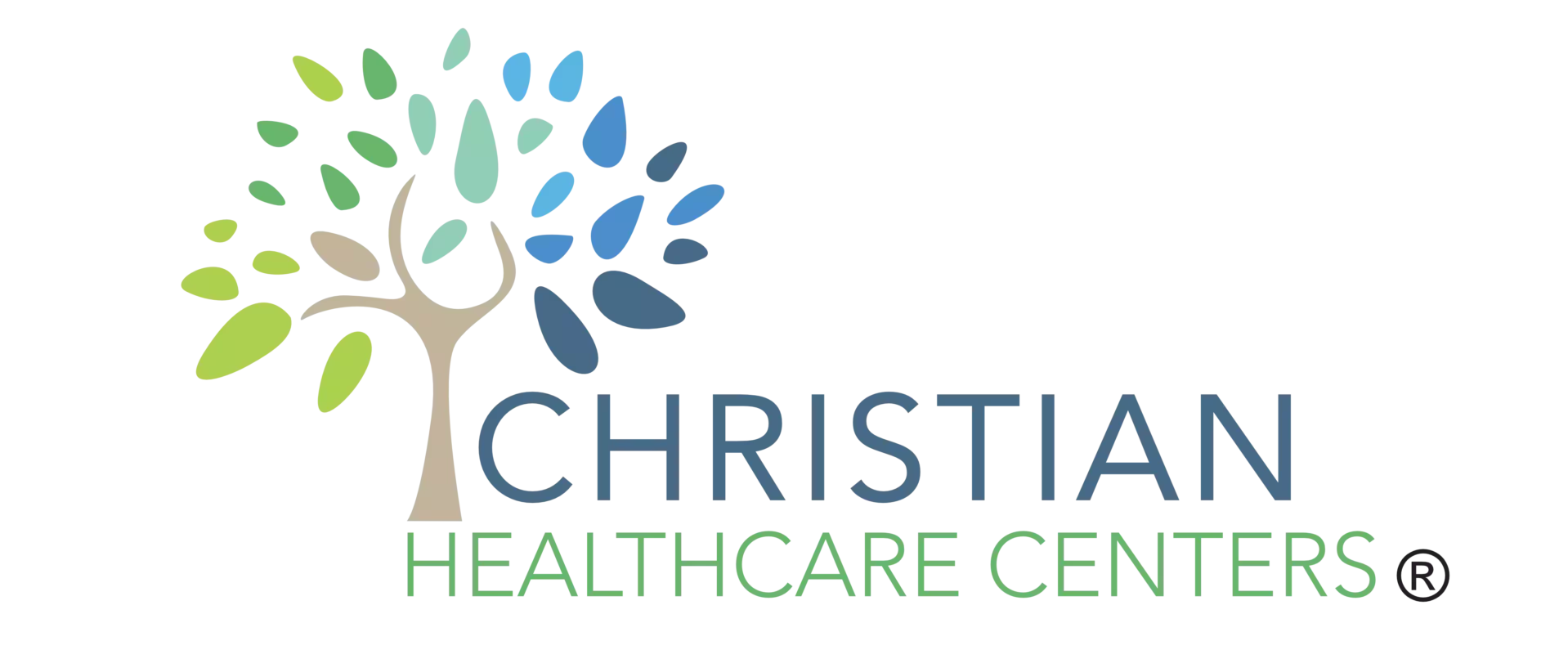To enhance physician accessibility in primary care, guarantee same-day appointments for immediate attention. Utilize telemedicine for remote consultations and extended office hours for flexible scheduling. Prioritize diverse communication channels and maintain an open dialogue. Optimize appointment systems for efficiency and streamline prescription refills. Offer remote monitoring options for better health management. Focus on preventive care measures and empower patients through educational programs. By implementing these tips, you can boost accessibility, patient satisfaction, and overall care quality. Further insights on improving patient-physician interactions and care processes are available for your benefit.
Key Takeaways
- Implement same-day appointments for immediate medical attention and increased patient satisfaction.
- Utilize telemedicine services for remote consultations and effective schedule management.
- Offer extended office hours, including evenings and weekends, for better patient accessibility.
- Prioritize diverse communication channels like video consultations and online messaging.
- Optimize appointment scheduling system with online booking and streamlined triage for efficiency.
Implement Same-Day Appointments
To enhance patient access and convenience, consider implementing same-day appointments at your primary care practice. By offering same-day appointments, you can greatly improve accessibility for patients who require immediate medical attention or have unpredictable schedules. This proactive approach helps reduce wait times and guarantees that patients receive timely care when they need it most.
Implementing same-day appointments can be a game-changer for your practice. Patients will appreciate the flexibility and responsiveness this service provides, leading to higher satisfaction levels and increased loyalty. By accommodating urgent needs promptly, you demonstrate your commitment to patient-centered care and cultivate a strong sense of trust with those you serve.
Reducing wait times through same-day appointments not only benefits your patients but also enhances the efficiency of your practice. By filling in gaps in the schedule with same-day visits, you optimize your appointment slots and minimize idle time. This streamlined approach can lead to better time management, improved workflow, and ultimately, increased patient volume.
Incorporating same-day appointments into your practice can be a simple yet powerful way to transform the patient experience. By prioritizing accessibility and responsiveness, you set a high standard for care delivery that resonates with your patients and fosters a sense of belonging within your practice community.
Utilize Telemedicine Services
Consider incorporating telemedicine services into your primary care practice to enhance accessibility and convenience for your patients. By offering remote consultations, you can provide care to individuals who may have difficulty physically visiting your office due to various constraints. Telemedicine allows patients to connect with you from the comfort of their homes, saving them time and effort while still receiving quality healthcare.
Virtual follow-ups are another key aspect of telemedicine that can benefit both you and your patients. By conducting follow-up appointments virtually, you can efficiently monitor their progress, address any concerns they may have, and provide ongoing support without the need for them to visit your office unnecessarily. This not only streamlines the healthcare process but also guarantees that your patients receive timely and continuous care.
Integrating telemedicine services can also help you better manage your schedule, allowing you to see more patients and allocate your time more effectively. Additionally, it can reduce wait times for patients who require in-person visits by addressing certain issues remotely. By embracing telemedicine, you demonstrate a commitment to improving patient accessibility and delivering patient-centered care in a way that aligns with their evolving needs and preferences.
Offer Extended Office Hours
Enhance patient accessibility and convenience by extending your office hours to accommodate individuals with varying schedules and commitments. By offering extended office hours, you can better serve the needs of your patients who may find it challenging to visit during standard working hours.
Here are some reasons why extending your office hours can greatly benefit your patients:
Night Shifts: Providing evening appointments allows those who work night shifts or have daytime commitments to still access primary care services without disrupting their work schedules.
Weekend Availability: Offering weekend appointments gives patients the flexibility to seek medical attention without having to take time off from work or school during the weekdays, catering to their busy lifestyles.
Emergency Situations: Extended office hours can be essential for patients facing urgent medical issues outside regular hours, ensuring they’ve a reliable place to turn to for medical assistance.
Prioritize Patient Communication Channels
Prioritizing patient communication channels is paramount for fostering effective healthcare interactions and enhancing overall care quality. In today’s fast-paced world, patients seek convenient and efficient ways to communicate with their healthcare providers. By embracing modern technology and offering diverse communication channels, primary care physicians can better meet patient needs and improve overall satisfaction.
Here are some key patient communication channels to prioritize in your practice:
| Communication Channel | Description | Benefits |
|---|---|---|
| Video Consultations | Conduct virtual appointments for face-to-face visits | Convenient, accessible healthcare delivery |
| Online Messaging | Enable secure messaging for non-urgent inquiries | Quick responses to patient questions |
| Patient Portal | Provide a centralized platform for health information | Access to medical records and test results |
| Email Communication | Allow patients to communicate asynchronously | Easy way to share updates and ask questions |
Optimize Appointment Scheduling System
To streamline patient access and optimize efficiency in your primary care practice, implementing an efficient appointment scheduling system is crucial. A well-designed system can greatly enhance patient engagement and reduce wait times, ultimately improving the overall patient experience.
Here are three key strategies to optimize your appointment scheduling system:
Online Appointment Booking: Implement an online platform that allows patients to schedule appointments conveniently from their devices. This feature not only empowers patients by giving them control over their healthcare but also lessens the burden on your staff, leading to smoother operations and decreased wait times.
Streamlined Triage Process: Develop a clear and efficient triage process to prioritize appointments based on urgency. By categorizing patients according to their medical needs, you can make sure that those requiring immediate attention receive prompt care while also managing non-urgent cases effectively.
Appointment Reminders and Follow-ups: Utilize automated appointment reminders via text or email to decrease no-show rates and optimize your schedule. Additionally, consider implementing a follow-up system to check in with patients after their visit, demonstrating your dedication to their well-being and improving overall patient engagement.
Enhance Care Coordination Efforts
To guarantee a seamless continuum of care for your patients, seamless integration and coordination across all healthcare providers involved in their treatment are key components. By enhancing care coordination efforts, you can greatly improve patient engagement and overall outcomes. Effective care coordination involves sharing relevant patient information, treatment plans, and updates among all members of the healthcare team. This guarantees that everyone involved in the patient’s care is on the same page and working towards common goals.
One way to enhance care coordination is by utilizing electronic health records (EHR) systems that allow for easy access to patient information by all healthcare providers involved. This enables real-time updates and streamlined communication, reducing the chances of errors or omissions in the care process. Regular team meetings or huddles can also facilitate effective communication and coordination among healthcare providers, ensuring that everyone is informed about the patient’s progress and any changes in their treatment plan.
Furthermore, assigning a care coordinator or case manager to oversee and facilitate the patient’s care journey can greatly improve coordination efforts. This individual can serve as a central point of contact for the patient, answer questions, schedule appointments, and ensure that all healthcare providers are collaborating effectively. By prioritizing and enhancing care coordination efforts, you can create a more cohesive and patient-centered approach to healthcare delivery.
Provide Virtual Consultations
Enhancing accessibility to primary care physicians can be achieved through the implementation of virtual consultations, offering patients convenient and efficient ways to connect with healthcare providers. Remote consultations provide a valuable opportunity for patients to receive medical advice and treatment without the need for in-person visits, streamlining the healthcare process.
Here are some key points to contemplate when incorporating virtual consultations into your practice:
Convenience: Patients can have consultations from the comfort of their own homes, eliminating the need to travel to a healthcare facility.
Accessibility: Virtual consultations break down geographical barriers, allowing patients in remote areas to access healthcare services more easily.
Patient Engagement: Through remote consultations, patients can actively participate in their care by discussing concerns and treatment options with their physicians in a personalized manner.
Foster Open Communication Environment
When fostering an open communication environment in your primary care practice, prioritize patient-centered interactions that promote trust and understanding between healthcare providers and patients. Improving accessibility and enhancing communication are key components in creating a welcoming atmosphere where patients feel valued and heard.
To enhance communication in your practice, start by actively listening to your patients. Show empathy, ask open-ended questions, and encourage them to share their concerns. This not only helps you understand their needs better but also builds a sense of trust and collaboration.
Another way to foster open communication is by providing clear and concise information to your patients. Use simple language, avoid medical jargon, and make sure that they understand their diagnosis, treatment plan, and any instructions given. This clarity can prevent misunderstandings and empower patients to take an active role in their healthcare.
Moreover, creating a supportive environment where patients feel comfortable expressing themselves can lead to better health outcomes. Encourage feedback, address any issues promptly, and involve patients in decision-making processes regarding their care.
Streamline Prescription Refills Process
Improving the efficiency of prescription refills can simplify the process for both patients and healthcare providers. When it comes to prescription management and refill efficiency, there are several strategies that can be implemented to streamline the process and enhance overall patient care experience.
Utilize Electronic Prescribing Systems: Embracing electronic prescribing systems can greatly reduce the time spent on refilling prescriptions, minimize errors, and improve communication between healthcare providers and pharmacies.
Implement Automated Refill Reminders: Setting up automated refill reminders for patients can help guarantee they never run out of essential medications, promoting better adherence to treatment plans and reducing last-minute refill requests.
Offer Telehealth Consultations for Refill Requests: Providing telehealth consultations for prescription refills can save time for both patients and healthcare providers, allowing for quick assessments and approvals without the need for in-person visits.
Facilitate Remote Monitoring Options
To enhance patient care and monitoring, consider implementing remote monitoring options to track health data efficiently and effectively. Remote monitoring benefits both patients and healthcare providers by allowing for real-time tracking of crucial health metrics without the need for constant in-person visits. Through technology integration, patients can transmit their health data from the comfort of their homes, enabling physicians to monitor their progress and intervene promptly if any issues arise.
Remote monitoring offers various benefits, such as improved patient outcomes, enhanced convenience, and better management of chronic conditions. Patients can feel more connected to their healthcare providers as they actively participate in their care through regular data transmissions. This proactive approach can lead to early detection of health concerns and timely adjustments to treatment plans, ultimately resulting in better health outcomes.
By embracing remote monitoring options, healthcare providers can streamline their workflows, allocate resources more efficiently, and prioritize patients who require immediate attention. Additionally, remote monitoring can reduce the burden on healthcare facilities by minimizing unnecessary in-person visits, especially for routine check-ups or monitoring stable conditions.
Integrating remote monitoring technology into primary care practices fosters a collaborative approach to healthcare, where patients and providers work together to achieve and maintain excellent health. Embracing these innovative solutions not only enhances patient care but also demonstrates a commitment to leveraging technology for the improvement of healthcare delivery.
Focus on Preventive Care Measures
Consider prioritizing preventive care measures to proactively address potential health issues before they escalate. By focusing on preventive care strategies and implementing patient education initiatives, you can enhance the overall well-being of your patients and foster a culture of health consciousness within your practice.
Regular Health Screenings: Encourage patients to undergo routine screenings such as blood pressure checks, cholesterol tests, and cancer screenings. These screenings can help detect any underlying health issues early on, enabling timely interventions and improved health outcomes.
Immunizations and Vaccinations: Advocate for the importance of immunizations and vaccinations to protect against preventable diseases. Educate patients on the benefits of staying up to date with their immunization schedules to safeguard their health and prevent the spread of infectious illnesses.
Lifestyle Modification Support: Offer guidance on lifestyle modifications such as healthy eating habits, regular exercise, stress management techniques, and smoking cessation programs. Empowering patients to make positive changes in their daily habits can significantly reduce their risk of developing chronic conditions and enhance their quality of life.
Establish Patient Education Programs
Encourage patients to actively engage in their healthcare journey by participating in structured patient education programs aimed at empowering them with knowledge and resources to make informed decisions about their well-being. These programs, often in the form of interactive workshops, provide a platform for individuals to learn about their health conditions, treatment options, and preventive measures. By engaging in these sessions, patients can gain a deeper understanding of their health and actively participate in managing their well-being.
Interactive workshops offer a valuable opportunity for patients to ask questions, share experiences, and learn from healthcare professionals in a supportive environment. Through these sessions, patients can access informative resources that cater to their specific needs and concerns. These resources may include pamphlets, online portals, and educational videos that supplement the information provided during the workshops.
Participating in patient education programs not only enhances patients’ knowledge about their health but also fosters a sense of empowerment and control over their healthcare decisions. By actively engaging in these initiatives, patients can build a strong foundation of health literacy that enables them to navigate the complexities of the healthcare system with confidence. Embrace the opportunity to learn and grow through these programs, as they can have a significant impact on your well-being and quality of life.
Invest in Patient Feedback Mechanisms
Investing in patient feedback mechanisms is vital for understanding their needs and experiences, ultimately leading to better outcomes and increased accessibility to care. Here are three key reasons why investing in patient feedback mechanisms is essential:
Enhancing Patient-Centered Care: By actively seeking feedback, healthcare providers can tailor their services to meet the specific needs and preferences of each patient. This patient-centered approach fosters a sense of trust and collaboration, leading to improved health outcomes and increased patient satisfaction.
Identifying Areas for Improvement: Patient feedback provides valuable insights into areas of the healthcare system that may require enhancement. By listening to patient experiences, healthcare providers can identify gaps in accessibility and make necessary adjustments to improve the overall quality of care delivery.
Building Stronger Provider-Patient Relationships: Actively gathering feedback demonstrates a commitment to transparency and continuous improvement. This proactive approach helps build stronger relationships between healthcare providers and patients, fostering a sense of partnership and mutual respect.
Investing in patient feedback mechanisms not only empowers patients to voice their concerns but also allows healthcare providers to deliver more personalized and accessible care. By prioritizing patient feedback, healthcare organizations can create a more inclusive and patient-centric environment that promotes better health outcomes for all.
Wrap-Up
To sum up, enhancing physician accessibility in primary care is vital for improving patient outcomes.
Were you aware that a study discovered that 85% of patients favor same-day appointments for their primary care needs?
By introducing tactics like same-day appointments, telehealth services, and extended office hours, healthcare providers can more effectively address the requirements of their patients and enhance overall satisfaction.
Emphasizing accessibility in primary care is fundamental for providing quality healthcare services.


